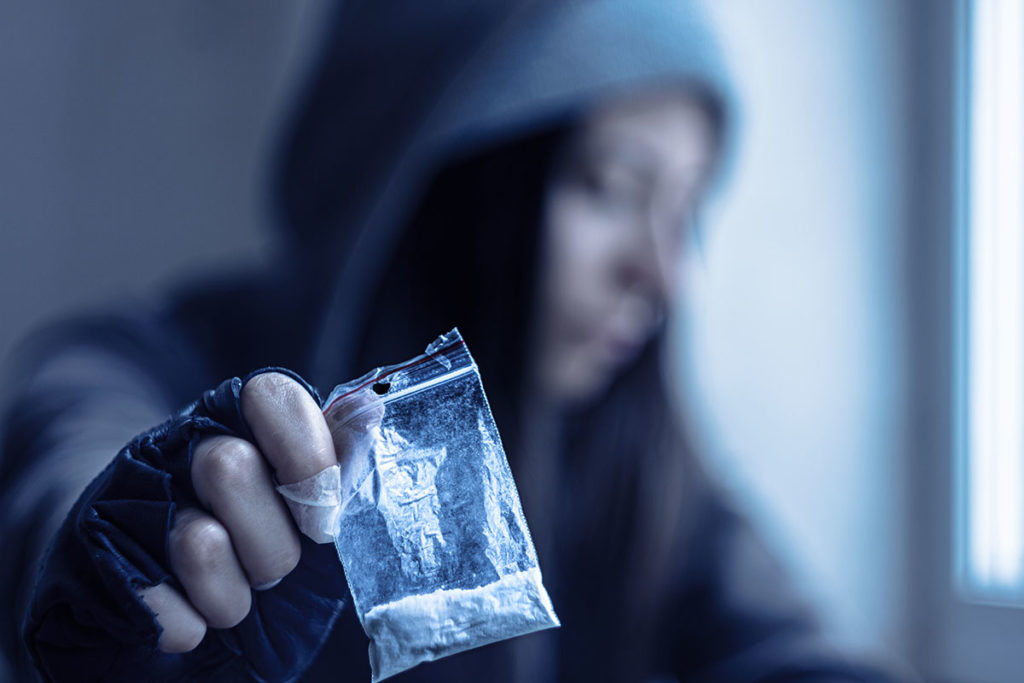Addiction is a chronic and progressive disease that doesn’t discriminate. Anyone, regardless of age, race, background, or gender, can develop a substance abuse disorder. While certain factors can increase your risk of developing an addiction, such as having a close family member with a substance abuse disorder, there is no known reason why only some people who use substances ultimately become addicted to them. When you develop an addiction, your substance of choice slowly becomes the most important part of your life. While addiction may seem like an issue that only impacts adults, statistics on teen substance abuse demonstrate otherwise.
Statistics on Teen Substance Abuse
27.1% of 8th, 10th, and 12th graders have used illicit substances other than marijuana in the past year. While the popularity of tobacco and heroin has decreased among high school students, statistics on teen substance abuse show that marijuana and alcohol use has increased over the past few years. Experimenting with substances like marijuana and alcohol can create a cross-tolerance. A cross-tolerance means that using or experimenting with one substance can increase your tolerance to a different substance. Having a positive experience with a substance also increases your chances of trying additional substances in the future. Statistics on teen substance abuse show that 5% of adolescents between the ages of 12 and 17 needed, but didn’t receive, treatment for an alcohol addiction or substance abuse problem in 2016. Teens with a substance abuse problem face additional barriers to treatment, such as negative stereotypes and stigmas associated with addiction. Substance abuse disorders can have an especially detrimental effect on teens because teens are still developing and maturing. The human brain continues to develop into the late 20s, so teens are more sensitive to certain consequences of addiction, such as brain chemistry changes. Statistics on teen substance abuse also demonstrate that 16% of teens started experimenting with alcohol before the age of 13. The reason that statistic is concerning is because the risk of addiction is higher among individuals who start using drugs and alcohol before adulthood.
How Addiction in Teens is Treated
Substance abuse treatment ensures that you have the support, structure, and understanding necessary to manage recovery. During addiction, your brain associates your substance of choice, as well as people, places, and things that remind you of it, with pleasure. This causes intense and powerful cravings when you’re exposed to triggers. Although the first step in recovery is detoxing, symptoms like cravings can continue long after your last use. That makes learning how to handle and cope with stressors and triggers a major focus during treatment. Identifying potential triggers and creating a plan on how to implement healthy coping strategies lowers your risk of relapsing. Treatment also provides you the ability to include your family members and loved ones, which helps you rebuild trust and fix damaged relationships. Substance abuse treatment programs can also offer:
- Dual diagnosis treatment
- Acceptance and commitment therapy
- Experiential therapy
- Medication management
- Individual and group counseling
The earlier substance abuse disorders are treated, the more favorable recovery outcomes are. That means it’s important to connect with a treatment program if you’re experiencing problems controlling or stopping your drug and/or alcohol use. It can take some time for your brain and body to fully heal from addiction, making treatment programs a valuable part of your recovery.
Finding Treatment Today at Promises Treatment Centers
Drugs and alcohol use can cause damaging consequences, such as addiction. Understanding statistics on teen substance abuse, or suffering from an alcohol abuse disorder, can make you feel trapped, making it hard to believe recovery is possible. While symptoms can cause you to feel hopeless, sobriety is always obtainable. Call 844.875.5609 today to speak to an addiction specialist.

